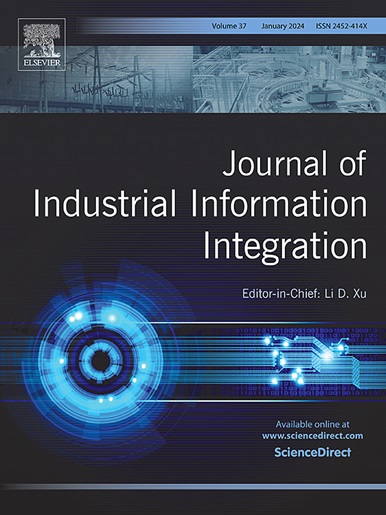Collaborative human and computer controls of smart machines – A proposed hybrid control
Abstract
Human-Machine Interaction (HMI) and Brain-Computer Interface (BCI) are evolving technologies that show the great potentials to extract and utilize humans’ intents in controlling smart machines. However, existing HMI and BCI technologies are limited in terms of (1) the number of Degrees- of-Freedom (DoF) to be controlled and (2) the ways the performance of BCI-enabled control systems are verified and validated. This study aimed to explore the solutions to addree both of above concerns; we proposed a hybrid control system that is capable of training, detecting, and interpreting humans’ intents, and utilizing humans’ intents in real-time controls of smart machines. More specifically, the system acquired brain signals in the form of Electroencephalography (EEG) by an Emotiv Epoc X and processed these signals to detect and extract humans’ intents in real-time machine controls. To cope with the frequency difference of humans’ thinking and machine motion controls, we developed a hybrid control module to fuse humans’ and machine's intelligence so that low-frequency humans’ intents could be used in real-time machine controls. The system was prototyped and verified experimentally. The system was verified to achieve the accuracy of over 90 % in recognizing humans’ intents and controlling a robot by the operator's intents with a satisfactory responding time and accuracy.

 求助内容:
求助内容: 应助结果提醒方式:
应助结果提醒方式:


